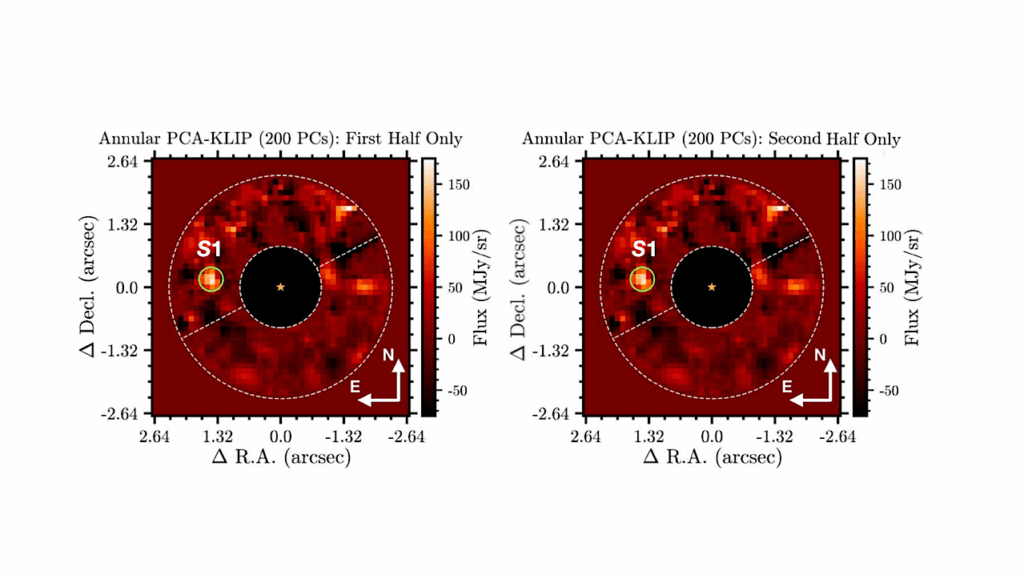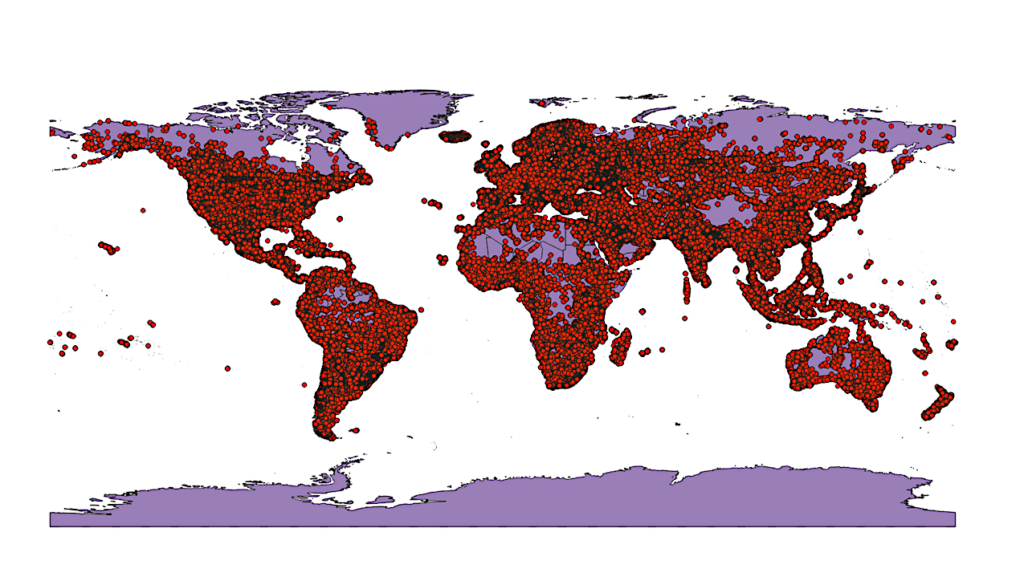Dale Andersen’s Astrobiology Antarctic Status Report: 14 January 2026: Setting Up Base Camp At Lake Untersee

Hi Keith,
Since our arrival we have been working hard to get shelter in place. That is always our first priority: establish safe, warm protection from the elements, then we can begin our program of science in earnest.
We have about half the camp built, with several personal tents up and most importantly, our communal kitchen tent now in place. It is a 20 ft long, 10 ft wide WeatherPort that gives us room to prepare meals and gather in a warm space during the day. It is robust and rated for winds up to 110 mph.
I hope we do not have to test that, but we have seen winds that strong (and stronger) in the past—enough to tear through camp over the course of a few days. Still, we plan for it, we adapt, and we keep moving forward. Work in extreme environments can be demanding, but preparation and experience matter, and the scientific rewards can be substantial.
The image enclosed shows the camp as we were putting up tents – a few more to go today and tomorrow – and timely since we may have winds/blizzard conditions starting next Sunday – or not. Predicting the weather for Untersee can be a little tricky.
And as we settle in here under the ice and wind, I am thinking of ISS Crew-11 as well—wishing all of you a safe, smooth ride home today, with calm seas, gentle winds at splashdown and and easy recovery for the whole crew.
Cheers from the shores of Lake Untersee
Dale
Keith’s note: Astrobiologist Dale Andersen is heading back in Antarctica at Lake Untersee in January-February 2026 for another field season of research.
- Previous reports
- Astrobiologist Dale Andersen’s Antarctic Field Report: Preview: 2026 Lake Untersee Field Season
Dale and I have been proving research updates – from Antarctica – since 1996. We think we actually had the first webserver (located in my old condo) updated from Antarctica. More details here: Dale Andersen’s 1996 Antarctic Field Research Photo Albums
Astrobiologyu







